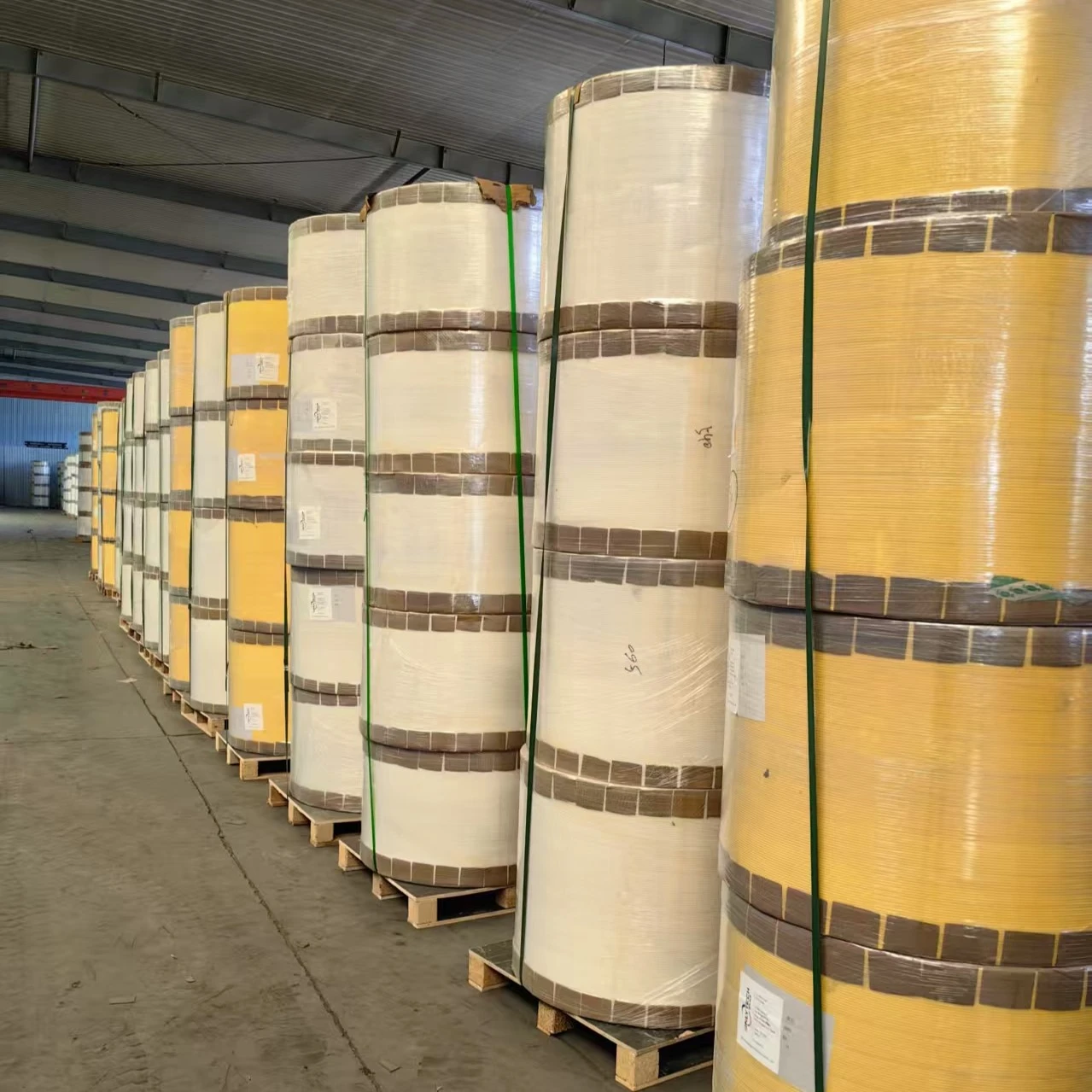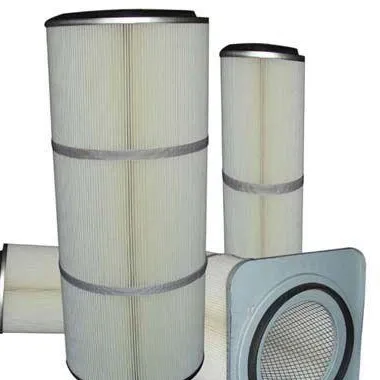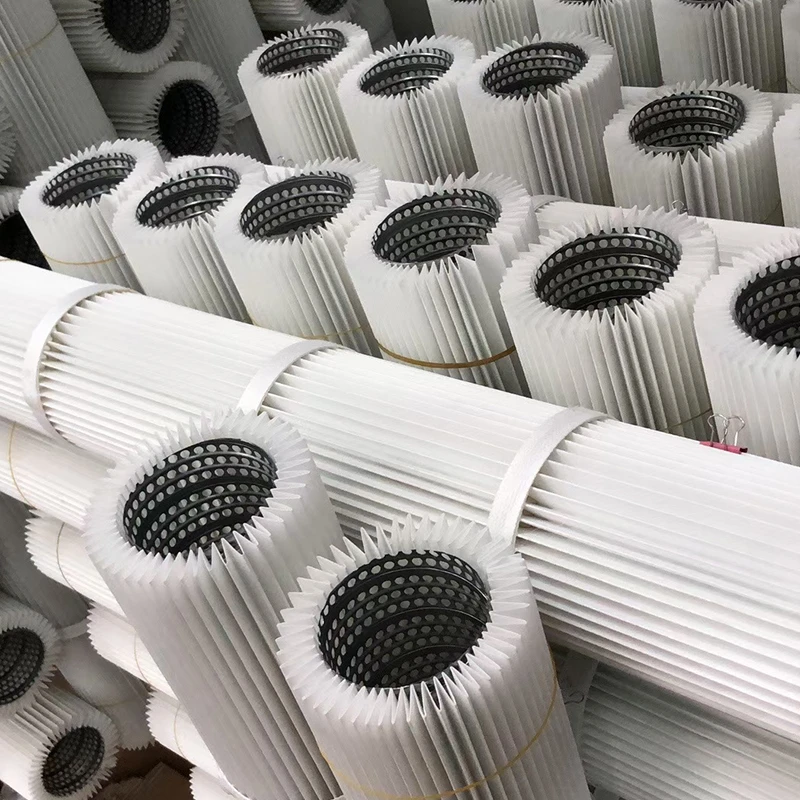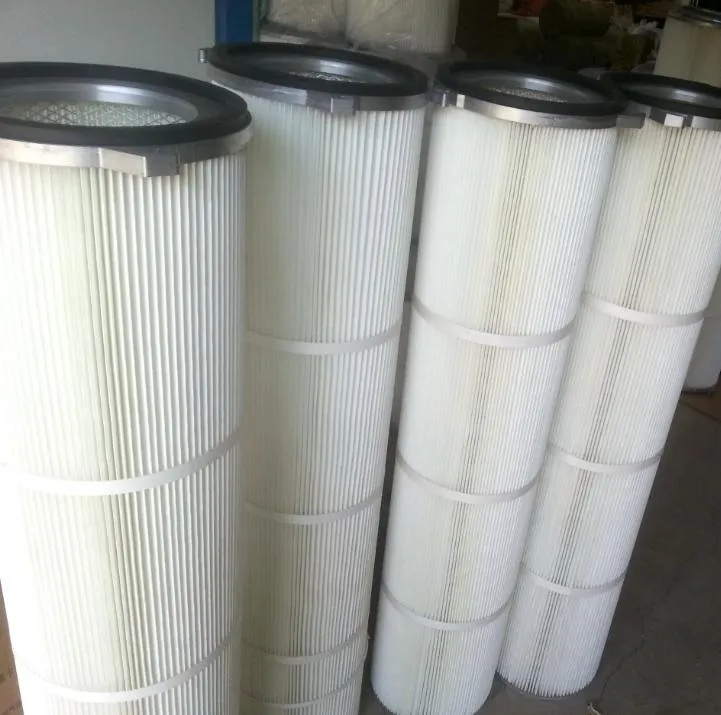 Tel:
+8615930870079
Tel:
+8615930870079
окт . 19, 2024 13:02 Back to list
antistatic filter element
Understanding Antistatic Filter Elements Importance and Applications
In the modern industrial landscape, the need for specialized filtration systems has never been more critical. Among these, antistatic filter elements play a significant role in ensuring the safety and efficiency of various processes. By integrating antistatic properties into filter elements, it becomes possible to mitigate the risks associated with static electricity, which can lead to situations that are not only hazardous but also detrimental to product quality.
What Are Antistatic Filter Elements?
Antistatic filter elements are filtration devices designed to prevent the accumulation of static electricity in environments where particulate filtration is necessary. Static electricity can build up on filter surfaces, especially in operations involving fine powders or dry materials. This accumulation can lead to several issues including equipment malfunctions, dust explosions, and even fires in extreme cases. Antistatic filter elements are engineered with materials that can dissipate electrical charge, thus preventing the risks associated with static discharge.
Working Principles
The operation of antistatic filter elements relies on their unique material composition, which often includes conductive fibers or coatings. These materials facilitate the safe dissipation of electrical charges that would otherwise accumulate on the surface of the filter. When air or gas passes through the filter, any static charge is redirected through the conductive pathways, effectively neutralizing the potential hazards. This characteristic is crucial in environments such as pharmaceutical manufacturing, food processing, or chemical production, where airborne particles can lead to contamination or explosive reactions.
Applications of Antistatic Filter Elements
1. Pharmaceutical Industry In the pharmaceutical sector, cleanroom environments are necessary to protect products from contamination. Antistatic filter elements ensure that static charge does not attract dust particles, which could compromise the sterility of medication and related products.
2. Food Processing Similar to pharmaceuticals, the food industry demands high standards of cleanliness. Antistatic filter elements help in maintaining hygienic conditions by preventing dust or particles from adhering to surfaces, ensuring that food products are safe for consumption.
antistatic filter element
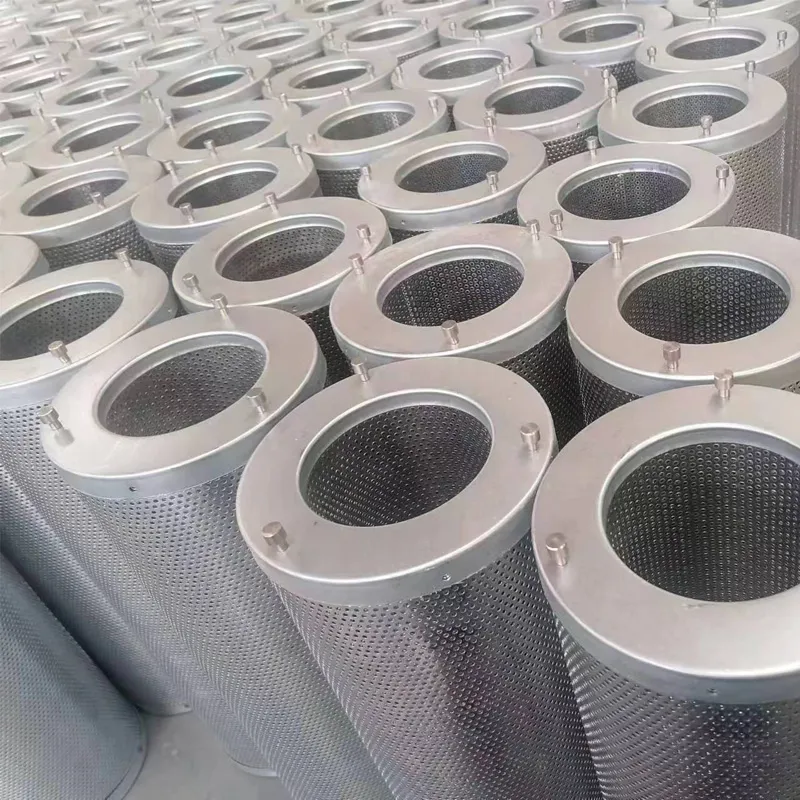
3. Chemical Manufacturing Static electricity poses a significant risk in chemical environments, where volatile substances may be present. The use of antistatic filter elements can help in reducing these risks, especially when handling flammable materials.
4. Electronics Manufacturing In the production of electronic components, static discharges can damage sensitive equipment. Antistatic filters are crucial for maintaining a controlled environment, protecting both the products and the equipment used in their manufacture.
Benefits of Antistatic Filter Elements
The integration of antistatic features into filter elements offers numerous advantages
- Enhanced Safety By reducing the risk of static-related incidents, these filters contribute to a safer working environment. This is especially important in industries where flammable materials or explosive atmospheres are present.
- Improved Efficiency Antistatic filters can contribute to the efficient operation of machinery by preventing dust accumulation on equipment and improving airflow. This leads to less frequent maintenance and reduced downtime.
- Quality Assurance In sectors such as food and pharmaceuticals, maintaining product integrity is paramount. Antistatic filter elements help to prevent contamination, thus ensuring that end products meet regulatory standards.
Conclusion
In summary, antistatic filter elements are an essential component in various industries where static electricity poses a risk. Their ability to dissipate static charges not only enhances safety but also contributes to operational efficiency and product quality. As industries continue to evolve and face new challenges, the demand for sophisticated filtration solutions like antistatic filters is likely to grow. Investing in such technology is not only a wise choice for enhancing safety but a necessary step towards ensuring that products are manufactured and handled in a clean, controlled environment. Through continued innovation in this area, we can expect further advancements that will help mitigate risks associated with static electricity across diverse sectors.
-
Types and Applications of Air Filtration CartridgesNewsJul.28,2025
-
The Role of Gas Turbine FiltersNewsJul.28,2025
-
Mastering Air Filter Cartridge UseNewsJul.28,2025
-
Advanced Turbine Filters for Modern Gas TurbinesNewsJul.28,2025
-
Cellulose Air Filter Cartridge Advantages in Dust FiltrationNewsJul.28,2025
-
Cellulose Filters for Air Particle ReductionNewsJul.28,2025

 Email:
Email:
